This is page i
Printer: Opaque this
Stability of Time-Delay Systems
Keqin Gu, Vladimir L. Kharitonov and Jie Chen
�
ii
ABSTRACT abstract
�
Contents
1 Introduction to Time-Delay Systems
1.1
Introduction . . . . . . . . . . . . . . . . . . . . . . . . . . .
1.2 A simple time-delay system . . . . . . . . . . . . . . . . . .
. . . . . . . . . . . . . . .
1.3 Functional differential equations
1.4 Stability of time-delay systems
. . . . . . . . . . . . . . . .
1.4.1
Stability concept . . . . . . . . . . . . . . . . . . . .
1.4.2 Lyapunov-Krasovskii theorem . . . . . . . . . . . . .
1.4.3 Razumikhin theorem . . . . . . . . . . . . . . . . . .
1.5 Linear systems
. . . . . . . . . . . . . . . . . . . . . . . . .
1.6 Linear time-invariant systems . . . . . . . . . . . . . . . . .
1.7 Neutral time delay systems
. . . . . . . . . . . . . . . . . .
1.8 Outline of the text . . . . . . . . . . . . . . . . . . . . . . .
1.9 Notes
. . . . . . . . . . . . . . . . . . . . . . . . . . . . . .
1.9.1 A brief historic note . . . . . . . . . . . . . . . . . .
. . . . . . . . . . . . . . . . .
1.9.2 Application examples
1.9.3 Analysis of time-delay systems
. . . . . . . . . . . .
2 Systems with Commensurate Delays
2-D stability tests
2.1
Introduction . . . . . . . . . . . . . . . . . . . . . . . . . . .
2.2 Some classical stability tests . . . . . . . . . . . . . . . . . .
2.2.1
. . . . . . . . . . . . . . . . . . .
2.2.2 Pseudo-delay methods . . . . . . . . . . . . . . . . .
2.2.3 Direct method . . . . . . . . . . . . . . . . . . . . .
. . . . . . . . . . . . . . . . . . .
. . . . . . . . . . . . . . . . . . . . .
. . . . . . . . . . . . . . . . . . . . . . . . . . . . . .
2.3 Frequency sweeping tests
2.4 Constant matrix tests
2.5 Notes
2.5.1 Classical results . . . . . . . . . . . . . . . . . . . . .
. . .
2.5.2 Frequency-sweeping and constant matrix tests
3 Systems with Incommensurate Delays
3.2.1
3.2.2
3.1
Introduction . . . . . . . . . . . . . . . . . . . . . . . . . . .
3.2 Small gain/ theorem . . . . . . . . . . . . . . . . . . . . .
Small gain theorem . . . . . . . . . . . . . . . . . . .
Structured singular value . . . . . . . . . . . . . . .
3.3 Frequency-sweeping conditions
. . . . . . . . . . . . . . . .
3.4 Computational complexity analysis . . . . . . . . . . . . . .
3.4.1 Basic complexity concepts . . . . . . . . . . . . . . .
This is page iii
Printer: Opaque this
1
1
5
8
10
10
11
14
16
17
20
21
25
25
26
27
31
31
34
34
36
38
44
55
67
67
68
69
69
70
70
76
79
87
87
�
iv
3.5.1
3.5.2
3.4.2 Proof of NP-hardness
3.5 Sufficient stability conditions
89
. . . . . . . . . . . . . . . . .
95
. . . . . . . . . . . . . . . . .
Systems of one delay . . . . . . . . . . . . . . . . . .
96
Systems of multiple delays . . . . . . . . . . . . . . . 102
3.6 Neutral delay systems
. . . . . . . . . . . . . . . . . . . . . 105
3.7 Summary . . . . . . . . . . . . . . . . . . . . . . . . . . . . 113
Small gain theorem and . . . . . . . . . . . . . . . 114
Stability of systems with incommensurate delays . . 114
. . . . . . . . . . . . . . . . . . . 115
. . . . . . 115
3.7.1
3.7.2
3.7.3 Complexity issues
3.7.4
Sufficient conditions and neutral systems
4 Frequency domain robust stability analysis
117
. . . . . . . . . . . . . . . . . . . . . . . 117
4.1 Uncertain systems
4.2 Characteristic quasipolynomial
. . . . . . . . . . . . . . . . 117
4.3 Zeros of a quasipolynomial . . . . . . . . . . . . . . . . . . . 119
4.3.1 Exponential diagram . . . . . . . . . . . . . . . . . . 120
4.3.2 Potential diagram . . . . . . . . . . . . . . . . . . . 122
4.4 Uncertain quasipolynomial . . . . . . . . . . . . . . . . . . . 125
4.4.1 Value set
. . . . . . . . . . . . . . . . . . . . . . . . 126
4.4.2 Zero exclusion principle . . . . . . . . . . . . . . . . 126
4.5 Edge theorem . . . . . . . . . . . . . . . . . . . . . . . . . . 129
Stability of an edge subfamily . . . . . . . . . . . . . 132
Interval quasipolynomial . . . . . . . . . . . . . . . . 133
4.6 Multivariate polynomial approach . . . . . . . . . . . . . . . 135
. . . . . . . . . . . . . . . 136
Stable polynomials . . . . . . . . . . . . . . . . . . . 136
Stability of an interval multivariate polynomial
. . . 139
Stability of a diamond family of multivariate polyno-
mials . . . . . . . . . . . . . . . . . . . . . . . . . . . 141
4.7 Notes and References . . . . . . . . . . . . . . . . . . . . . . 143
4.6.1 Multivariate polynomials
4.6.2
4.6.3
4.6.4
4.5.1
4.5.2
5 Systems with Single Delay
145
Introduction . . . . . . . . . . . . . . . . . . . . . . . . . . . 145
5.1
5.2 Delay-independent stability criteria based on Razumikhin
Theorem . . . . . . . . . . . . . . . . . . . . . . . . . . . . . 148
5.2.1
Single delay case . . . . . . . . . . . . . . . . . . . . 148
5.2.2 Distributed delay case . . . . . . . . . . . . . . . . . 152
5.3 Simple delay-dependent stability criteria based on Razu-
mikhin Theorem . . . . . . . . . . . . . . . . . . . . . . . . 154
5.3.1 Model transformation . . . . . . . . . . . . . . . . . 155
5.3.2
Simple delay-dependent stability using explicit model
transformation . . . . . . . . . . . . . . . . . . . . . 156
5.3.3 Additional dynamics . . . . . . . . . . . . . . . . . . 158
5.3.4
Simple delay-dependent stability using implicit model
transformation . . . . . . . . . . . . . . . . . . . . . 163
�
v
5.4 Delay-independent stability based on Lyapunov-Krasovskii
stability theorem . . . . . . . . . . . . . . . . . . . . . . . . 166
Systems with single delay . . . . . . . . . . . . . . . 166
5.4.1
5.4.2
Systems with distributed delays . . . . . . . . . . . . 168
5.5 Delay-dependent stability criteria using simple Lyapunov-
5.6 Complete quadratic Lyapunov-Krasovskii functional
Krasovskii functional . . . . . . . . . . . . . . . . . . . . . . 170
Stability criteria using explicit model transformation 170
5.5.1
Stability criteria using implicit model transformation 171
5.5.2
. . . . 173
Introduction . . . . . . . . . . . . . . . . . . . . . . 173
5.6.1
. . . . . . 175
5.6.2 Fundamental solution and matrix UW (τ )
5.6.3 Lyapunov-Krasovskii functionals . . . . . . . . . . . 177
5.7 Discretized Lyapunov functional method for systems with
single delay . . . . . . . . . . . . . . . . . . . . . . . . . . . 179
5.7.1
Introduction . . . . . . . . . . . . . . . . . . . . . . 179
5.7.2 Discretization . . . . . . . . . . . . . . . . . . . . . . 181
5.7.3 Lyapunov-Krasovskii functional condition . . . . . . 182
5.7.4 Lyapunov-Krasovskii derivative condition . . . . . . 186
5.7.5
Stability criterion and examples . . . . . . . . . . . . 189
. . . . . . . . . . . . . . . . . . . . . . . . . . . . . . 191
5.8 Notes
5.8.1 Results based on Razumikhin Theorem . . . . . . . 191
5.8.2 Model transformation and additional dynamics . . . 191
5.8.3 Lyapunov-Krasovskii method . . . . . . . . . . . . . 192
6 Robust Stability Analysis
193
6.1
Introduction . . . . . . . . . . . . . . . . . . . . . . . . . . . 193
6.2 Uncertainty characterization . . . . . . . . . . . . . . . . . . 193
6.2.1 Polytopic uncertainty . . . . . . . . . . . . . . . . . 194
6.2.2
Subpolytopic uncertainty . . . . . . . . . . . . . . . 195
6.2.3 Norm bounded uncertainty . . . . . . . . . . . . . . 197
6.2.4 Block-diagonal uncertainty . . . . . . . . . . . . . . 201
6.3 Robust stability based on Razumikhin Theorem . . . . . . . 203
6.3.1 Delay-independent stability for systems with single
delay . . . . . . . . . . . . . . . . . . . . . . . . . . . 203
6.3.2 Delay independent stability for systems with distrib-
uted delays . . . . . . . . . . . . . . . . . . . . . . . 204
6.3.3 Delay-dependent stability with explicit model trans-
formation . . . . . . . . . . . . . . . . . . . . . . . . 207
6.4 Delay independent stability using Lyapunov-Krasovskii func-
tional
6.4.1
6.4.2
. . . . . . . . . . . . . . . . . . . . . . . . . . . . . . 209
Systems with single delay . . . . . . . . . . . . . . . 209
Systems with distributed delays . . . . . . . . . . . . 214
6.5 Delay-dependent stability using simple Lyapunov-Krasovskii
functional
. . . . . . . . . . . . . . . . . . . . . . . . . . . . 215
6.6 Complete quadratic Lyapunov-Krasovskii functional approach220
�
vi
6.7 Discretized Lyapunov functional method for systems with
6.8 Notes
single delay . . . . . . . . . . . . . . . . . . . . . . . . . . . 223
6.7.1 General case
. . . . . . . . . . . . . . . . . . . . . . 223
6.7.2 Norm bounded uncertainty . . . . . . . . . . . . . . 225
. . . . . . . . . . . . . . . . . . . . . . . . . . . . . . 227
6.8.1 Uncertainty characterization . . . . . . . . . . . . . 227
6.8.2
Stability results based on Razumikhin Theorem and
Lyapunov-Krasovskii functional . . . . . . . . . . . . 228
7 Systems with Multiple and distributed delays
229
7.1
Introduction . . . . . . . . . . . . . . . . . . . . . . . . . . . 229
7.2 Delay-independent stability of systems with multiple delays 230
7.3 Simple delay-dependent stability of systems with multiple
delays . . . . . . . . . . . . . . . . . . . . . . . . . . . . . . 231
7.4 Complete quadratic functional for general linear systems . . 234
7.5 Discretized Lyapunov functional method for systems with
multiple delays . . . . . . . . . . . . . . . . . . . . . . . . . 237
7.5.1 Problem setup . . . . . . . . . . . . . . . . . . . . . 238
7.5.2 Discretization . . . . . . . . . . . . . . . . . . . . . . 240
7.5.3 Lyapunov-Krasovskii functional condition . . . . . . 242
7.5.4 Lyapunov-Krasovskii derivative condition . . . . . . 248
7.5.5
Stability condition and examples . . . . . . . . . . . 255
7.6 Discretized Lyapunov functional method for systems with
distributed delays . . . . . . . . . . . . . . . . . . . . . . . . 257
7.6.1 Problem statement . . . . . . . . . . . . . . . . . . . 257
7.6.2 Discretization . . . . . . . . . . . . . . . . . . . . . . 259
7.6.3 Lyapunov-Krasovskii functional condition . . . . . . 260
7.6.4 Lyapunov-Krasovskii derivative condition . . . . . . 262
Stability criterion and examples . . . . . . . . . . . . 266
7.6.5
7.7 Notes
. . . . . . . . . . . . . . . . . . . . . . . . . . . . . . 267
8 Stability under dynamic uncertainty
8.1
8.2
8.3 Method of comparison systems
269
Introduction . . . . . . . . . . . . . . . . . . . . . . . . . . . 269
Input-output stability . . . . . . . . . . . . . . . . . . . . . 270
. . . . . . . . . . . . . . . . 273
8.3.1 Frequency domain approach . . . . . . . . . . . . . . 273
8.3.2 Time domain approach . . . . . . . . . . . . . . . . 277
8.4 Scaled small gain problem . . . . . . . . . . . . . . . . . . . 279
8.5 Robust stability under dynamic uncertainty . . . . . . . . . 284
8.5.1 Problem setup . . . . . . . . . . . . . . . . . . . . . 284
8.5.2 Uncertainty characterization . . . . . . . . . . . . . 285
8.5.3 Robust small gain problem . . . . . . . . . . . . . . 287
8.6 Approximation approach . . . . . . . . . . . . . . . . . . . . 288
8.6.1 Approximation of time-varying delay . . . . . . . . . 288
8.6.2 Approximation of distributed delay coefficient matrix 291
�
vii
8.6.3 Approximation by multiple delays . . . . . . . . . . 296
8.7 Passivity and generalization . . . . . . . . . . . . . . . . . . 299
. . . . . . . . . . . . . . . . . . . . . . . . . . . . . . 300
8.8 Notes
A Matrix facts
303
A.1 Determinant . . . . . . . . . . . . . . . . . . . . . . . . . . . 304
A.2 Eigenvalue problems . . . . . . . . . . . . . . . . . . . . . . 304
A.3 Singular value decomposition . . . . . . . . . . . . . . . . . 306
A.4 Norms . . . . . . . . . . . . . . . . . . . . . . . . . . . . . . 306
A.5 Kronecker product and sum . . . . . . . . . . . . . . . . . . 308
A.6 Notes
. . . . . . . . . . . . . . . . . . . . . . . . . . . . . . 308
B LMI & Quadratic Integral Inequalities
309
B.1 Basic LMI problem . . . . . . . . . . . . . . . . . . . . . . . 309
B.2 Generalized Eigenvalue Problem (GEVP)
. . . . . . . . . . 310
B.3 Transforming nonlinear matrix inequalities to LMI form . . 312
B.4 S-procedure . . . . . . . . . . . . . . . . . . . . . . . . . . . 313
B.5 Elimination of matrix variables . . . . . . . . . . . . . . . . 313
B.6 Quadratic Integral Inequalities
. . . . . . . . . . . . . . . . 316
. . . . . . . . . . . . . . . . . . . . . . . . . . . . . . 318
B.7 Notes
Bibliography
319
B.8 References . . . . . . . . . . . . . . . . . . . . . . . . . . . . 319
�
viii
�
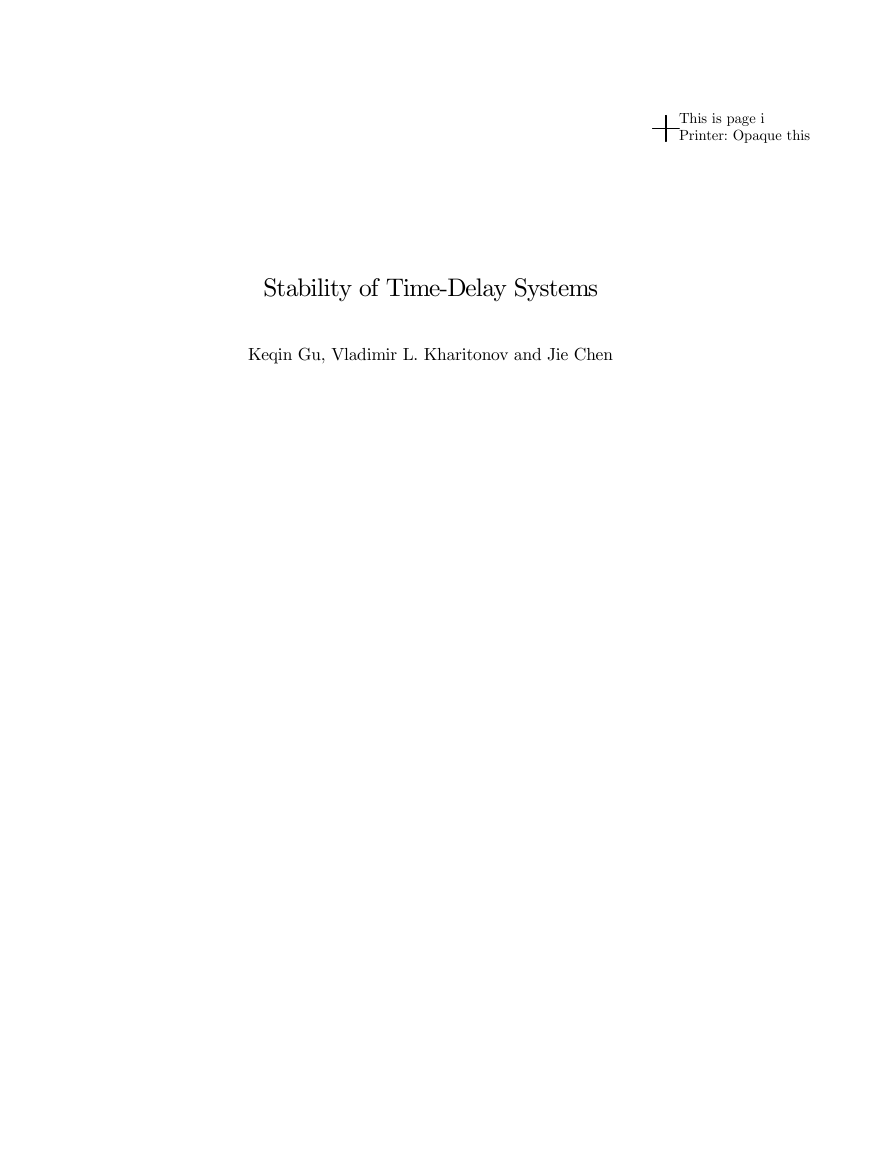

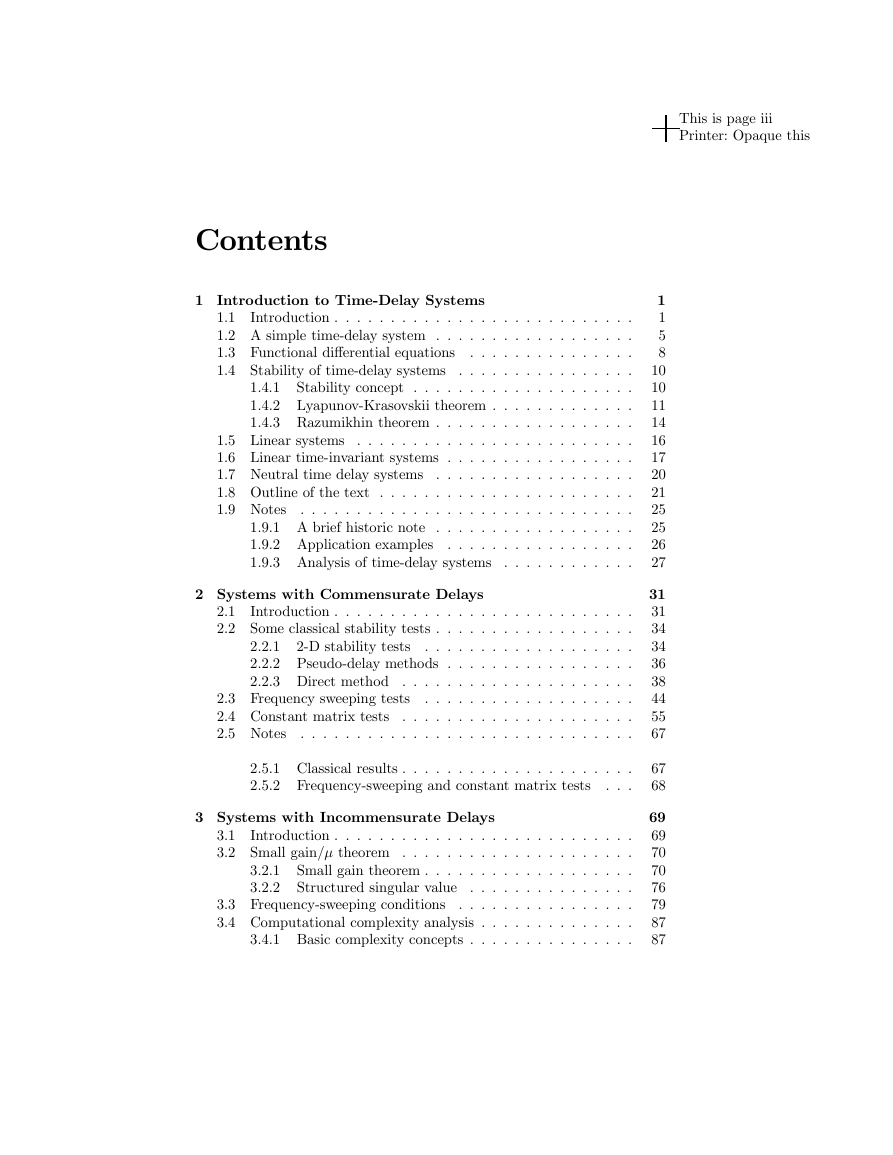
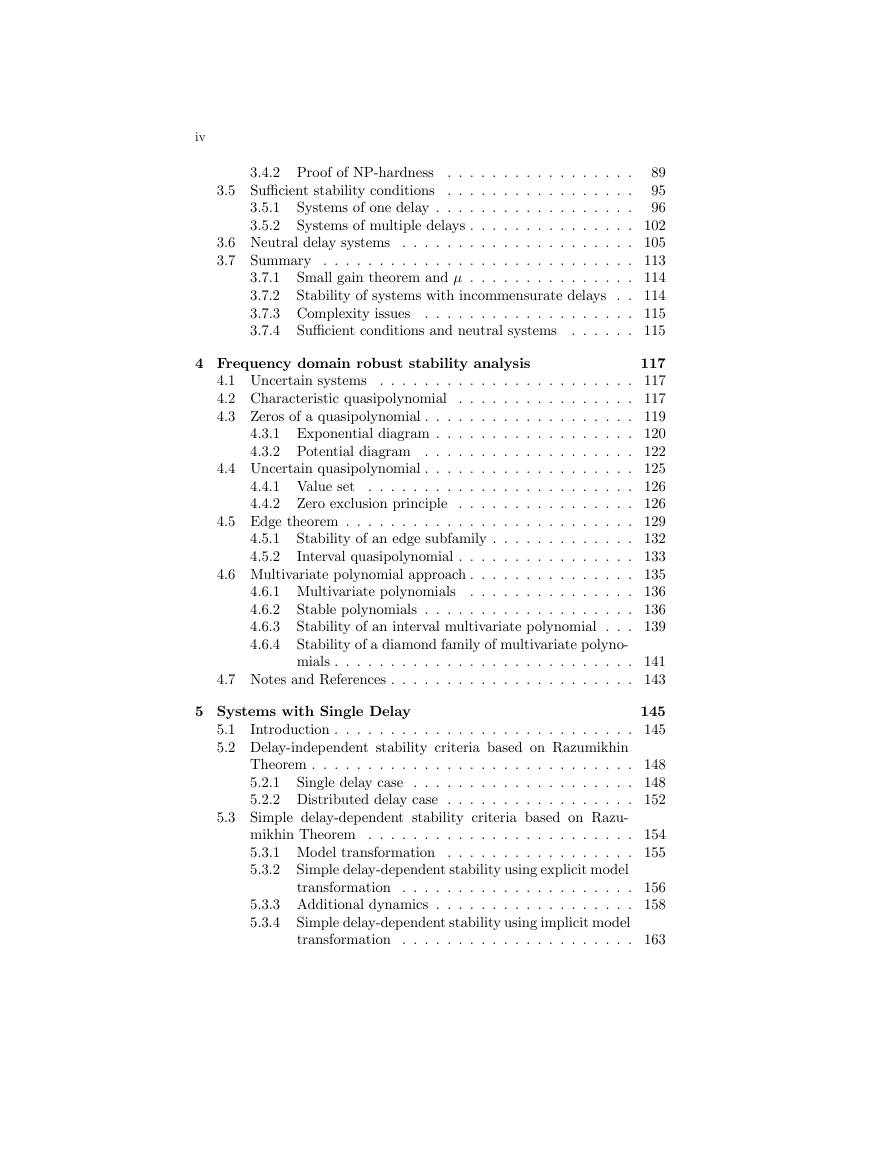
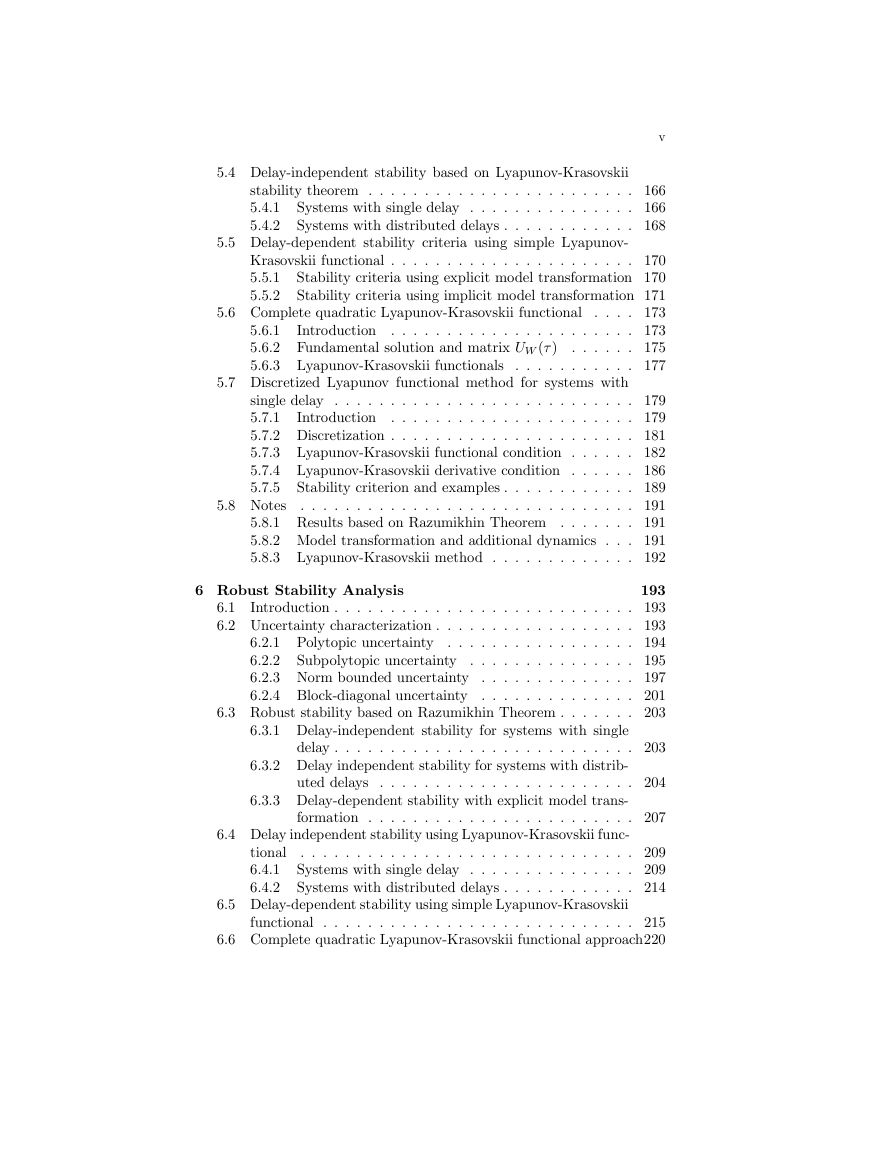
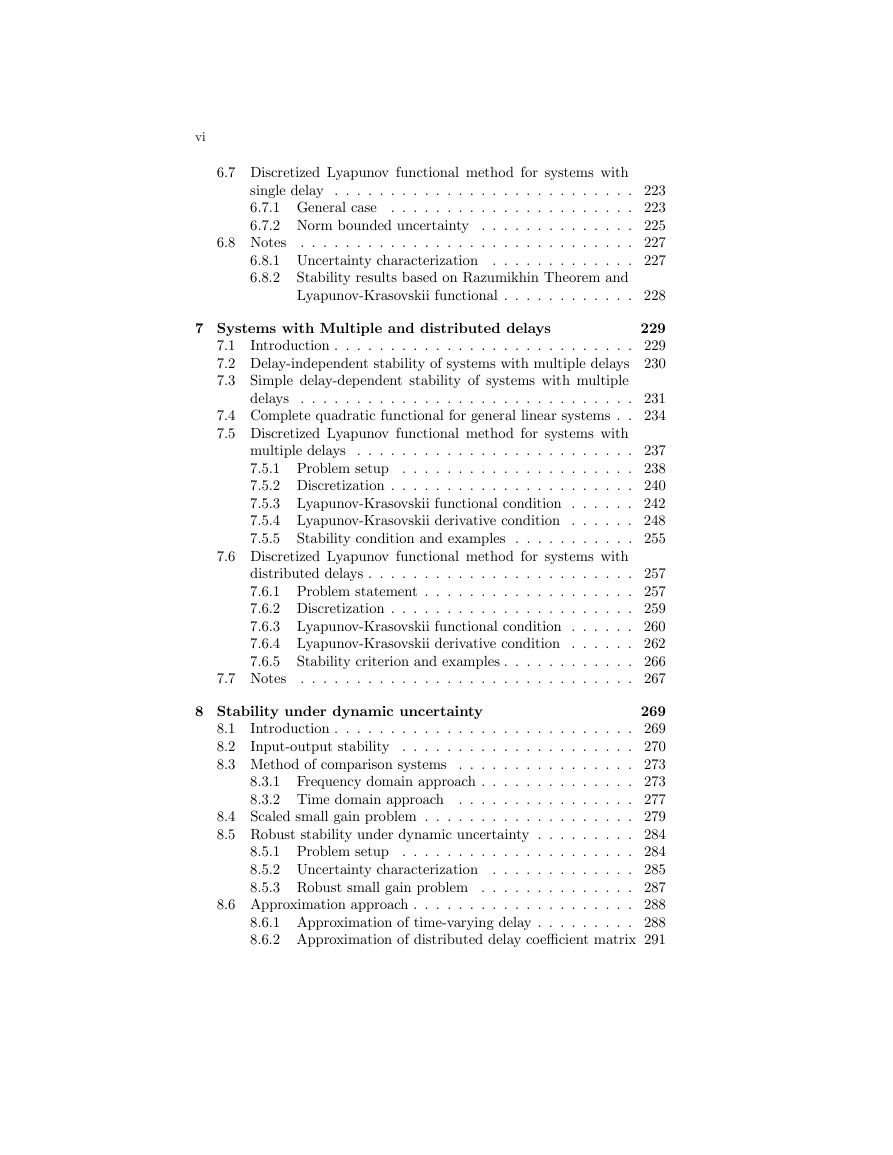
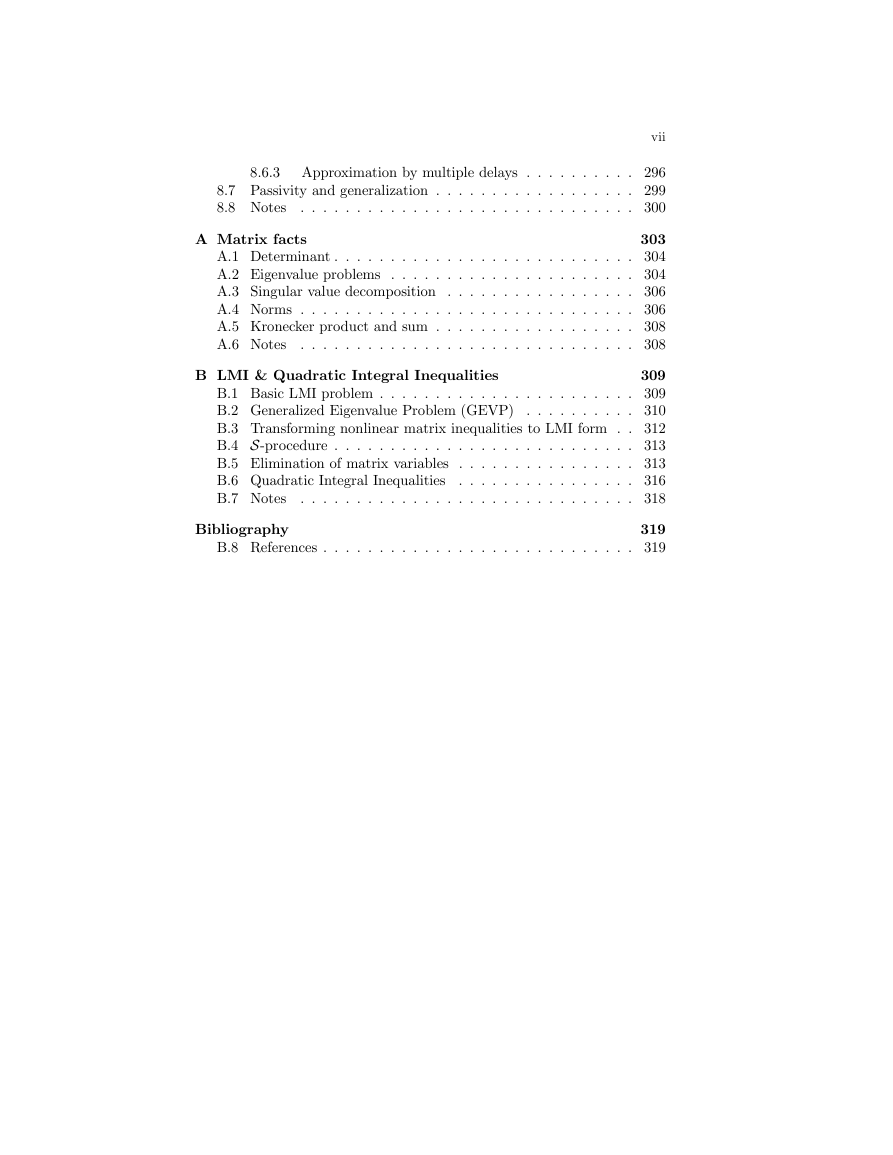









 2023年江西萍乡中考道德与法治真题及答案.doc
2023年江西萍乡中考道德与法治真题及答案.doc 2012年重庆南川中考生物真题及答案.doc
2012年重庆南川中考生物真题及答案.doc 2013年江西师范大学地理学综合及文艺理论基础考研真题.doc
2013年江西师范大学地理学综合及文艺理论基础考研真题.doc 2020年四川甘孜小升初语文真题及答案I卷.doc
2020年四川甘孜小升初语文真题及答案I卷.doc 2020年注册岩土工程师专业基础考试真题及答案.doc
2020年注册岩土工程师专业基础考试真题及答案.doc 2023-2024学年福建省厦门市九年级上学期数学月考试题及答案.doc
2023-2024学年福建省厦门市九年级上学期数学月考试题及答案.doc 2021-2022学年辽宁省沈阳市大东区九年级上学期语文期末试题及答案.doc
2021-2022学年辽宁省沈阳市大东区九年级上学期语文期末试题及答案.doc 2022-2023学年北京东城区初三第一学期物理期末试卷及答案.doc
2022-2023学年北京东城区初三第一学期物理期末试卷及答案.doc 2018上半年江西教师资格初中地理学科知识与教学能力真题及答案.doc
2018上半年江西教师资格初中地理学科知识与教学能力真题及答案.doc 2012年河北国家公务员申论考试真题及答案-省级.doc
2012年河北国家公务员申论考试真题及答案-省级.doc 2020-2021学年江苏省扬州市江都区邵樊片九年级上学期数学第一次质量检测试题及答案.doc
2020-2021学年江苏省扬州市江都区邵樊片九年级上学期数学第一次质量检测试题及答案.doc 2022下半年黑龙江教师资格证中学综合素质真题及答案.doc
2022下半年黑龙江教师资格证中学综合素质真题及答案.doc